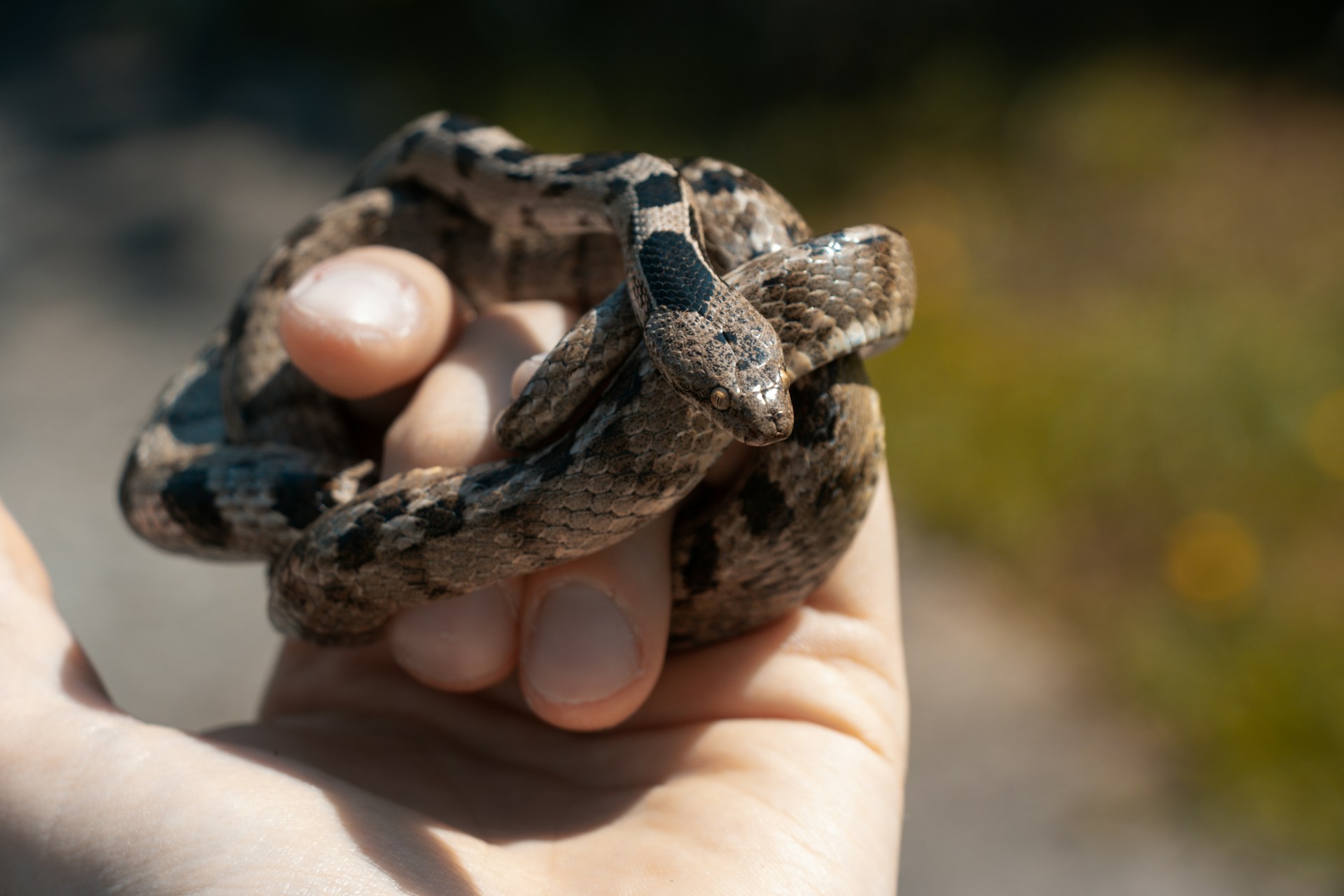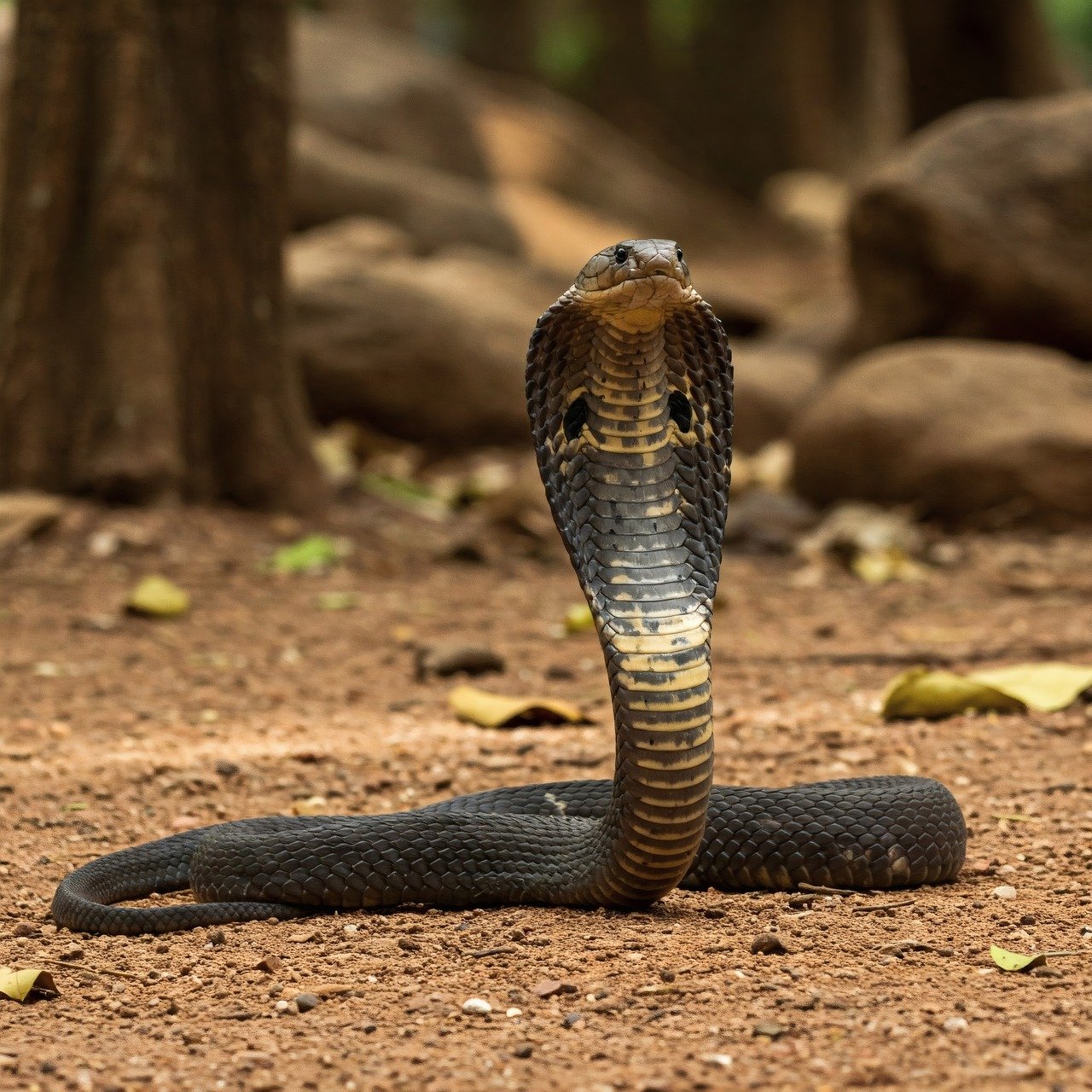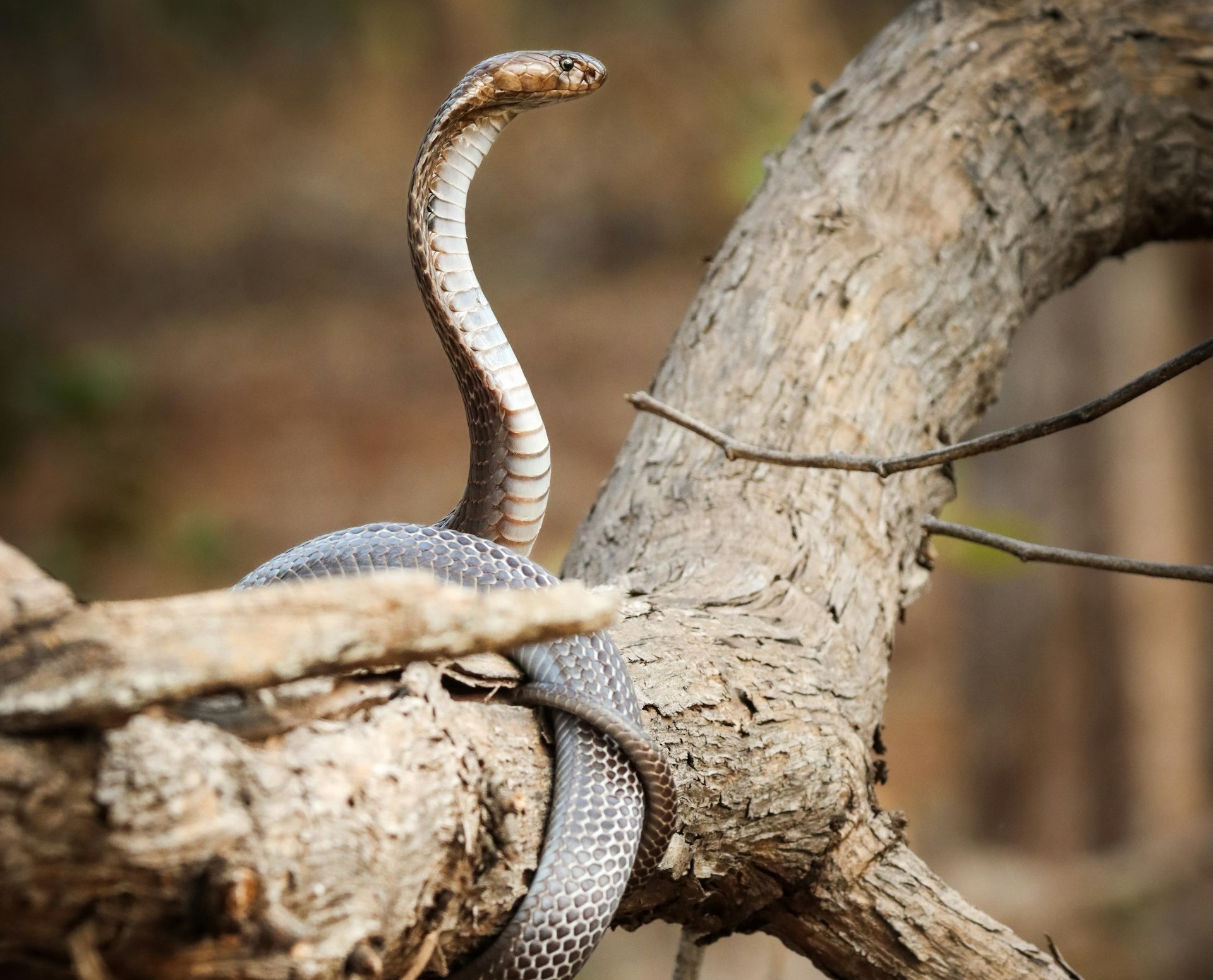Deep in the dense rainforests of Central and South America lurks a serpent whose weaponry surpasses all others in the snake kingdom. The Gaboon viper may hold the title for the longest fangs proportional to body size, but when it comes to sheer fang length, one species reigns supreme – the king cobra? The black mamba? No – it’s the secretive and remarkable bushmaster snake (Lachesis muta). These elusive pit vipers possess the longest venom-delivering fangs ever recorded in any snake species, capable of delivering a potent hemotoxic venom that can be lethal to humans. As we explore this fascinating creature, we’ll uncover not just its impressive dental arsenal, but also its behavior, habitat, and the unique adaptations that make it one of the most formidable predators in the serpent world.
The Record-Breaking Fangs of the Bushmaster
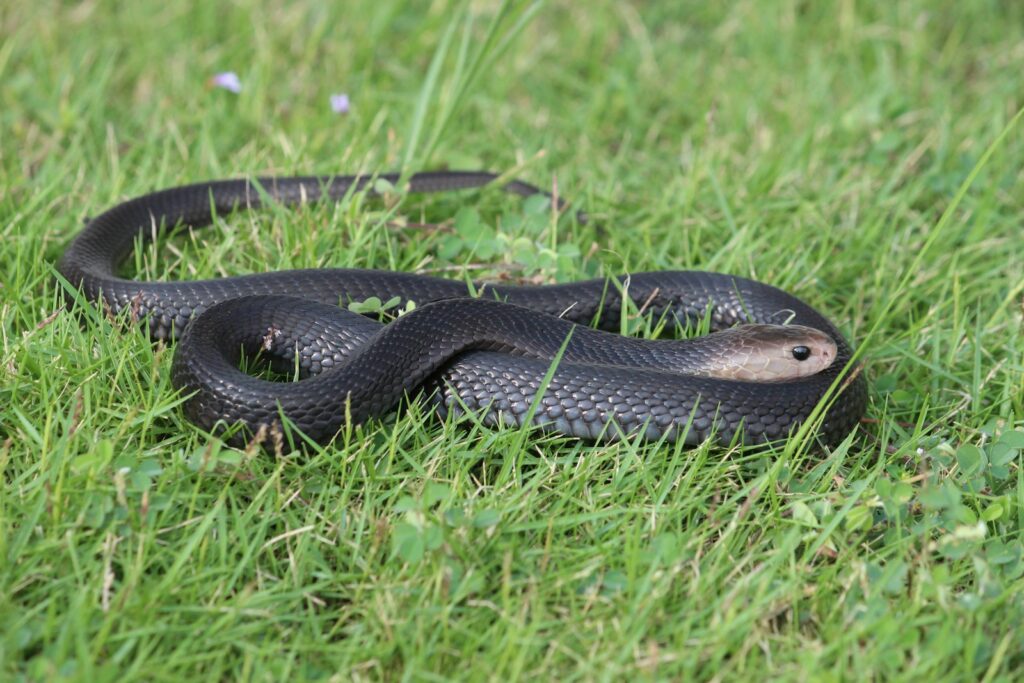
The bushmaster snake holds the record for the longest fangs of any venomous snake, with specimens documented to possess fangs measuring up to 2 inches (5 cm) in length. These impressive hollow needles fold against the roof of the mouth when not in use, allowing the snake to close its mouth completely without injury. When the bushmaster strikes, specialized muscles rotate these fangs downward into attacking position, creating a deadly delivery system for its venom. The extraordinary length of these fangs serves a crucial purpose – they enable the bushmaster to penetrate deep into the bodies of its prey, ensuring that venom is delivered effectively into the bloodstream for a quick kill. For perspective, these fangs are proportionally longer than those of many larger venomous snakes, including most cobras and mambas.
Taxonomy and Classification
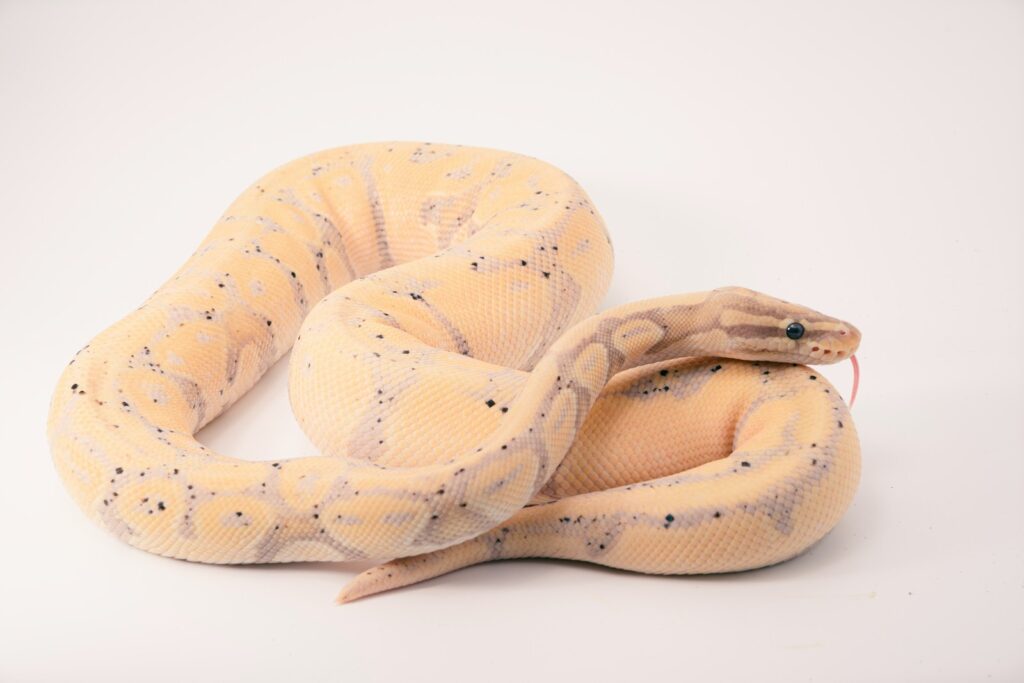
The bushmaster belongs to the genus Lachesis, which contains four recognized species, all native to Central and South America. These snakes are members of the Viperidae family and more specifically the subfamily Crotalinae, commonly known as pit vipers. The taxonomy places them alongside their cousins – rattlesnakes, copperheads, and cottonmouths – though bushmasters grow significantly larger than most other New World pit vipers. The scientific name “Lachesis” comes from Greek mythology, referring to one of the three Fates who determined the length of a person’s life thread, an appropriate namesake for such a potentially deadly creature. These snakes are sometimes called “the silent death” in parts of their range, highlighting both their lethal potential and their secretive nature.
Physical Characteristics and Size
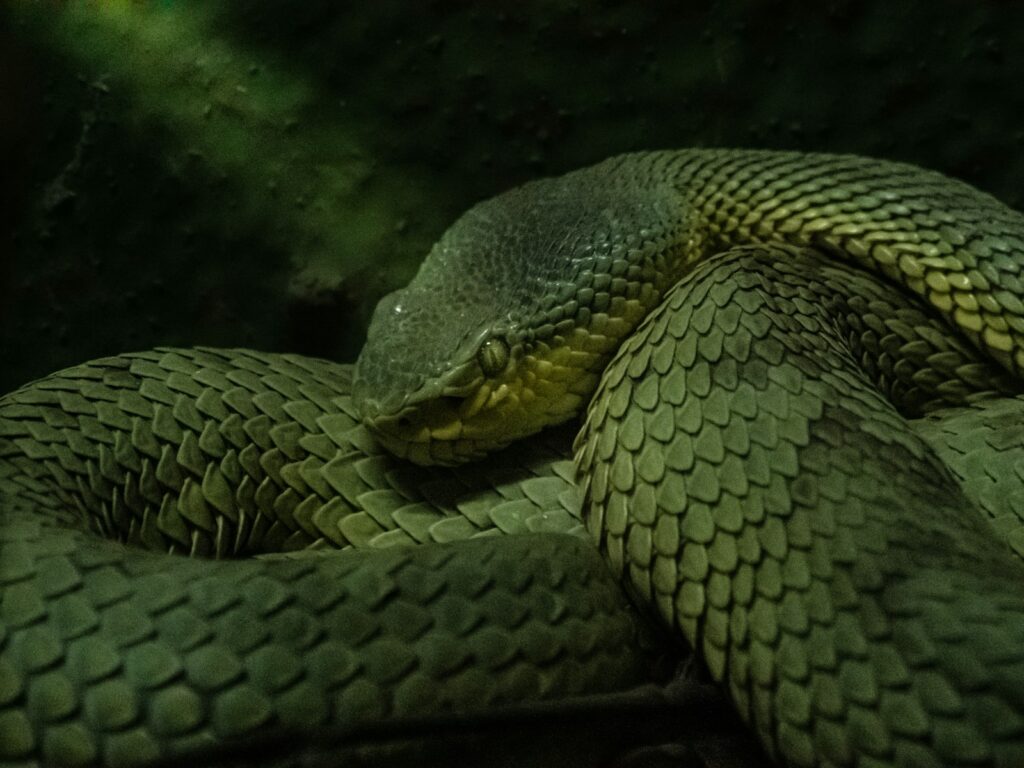
Beyond their record-breaking fangs, bushmasters are impressive in overall size, ranking among the largest venomous snakes in the Western Hemisphere. They can reach lengths of up to 12 feet (3.7 meters), though average adults typically measure between 6 and 8 feet (1.8-2.4 meters). Their bodies display a stunning pattern of dark rhomboidal blotches on a light brown or reddish background, providing excellent camouflage in their forest habitat. The bushmaster’s head is distinctly triangular, characteristic of vipers, with heat-sensing pits located between the eyes and nostrils that allow them to detect warm-blooded prey. Unlike many of their pit viper relatives, bushmasters possess a unique feature at the tip of their tail – a horny spine that they can vibrate against dry leaves to create a sound similar to a rattlesnake’s warning.
The Deadly Venom Apparatus
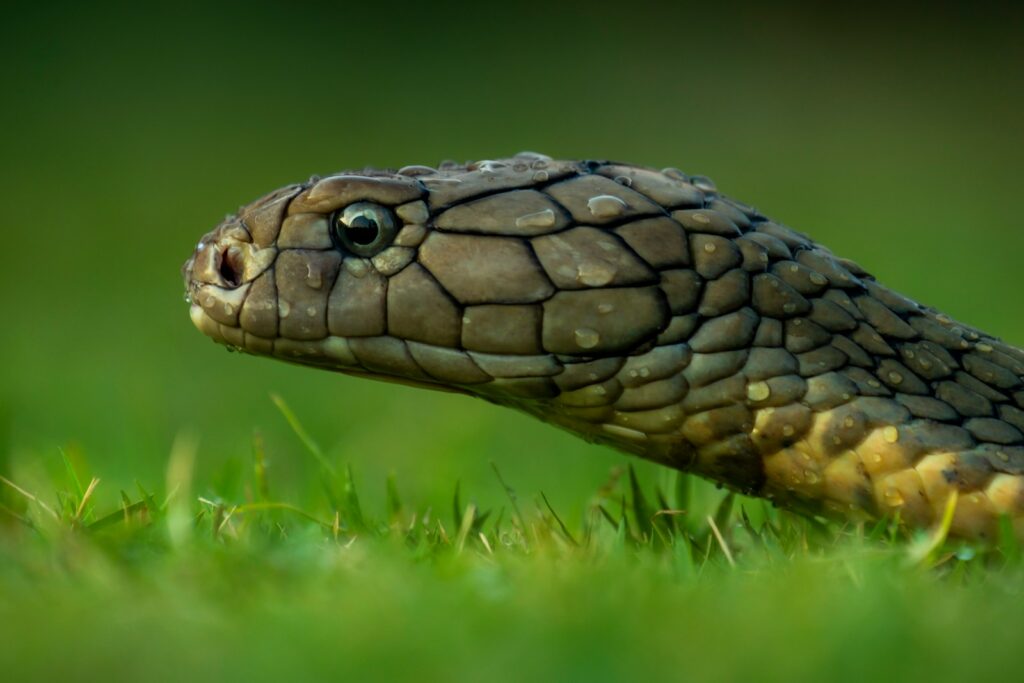
The bushmaster’s venom delivery system represents one of nature’s most sophisticated weapons, with the extraordinarily long fangs being just one component. Inside specialized venom glands located behind the eyes, a complex mixture of toxins is produced and stored until needed. When the snake strikes, muscles compress these glands, forcing venom through ducts into the hollow fangs and into the victim. The venom itself is primarily hemotoxic, containing enzymes that destroy tissue and disrupt blood clotting, leading to hemorrhaging and potentially fatal systemic effects. Interestingly, unlike some venomous snakes that can control venom output, the bushmaster typically delivers a full venom load with each bite, making encounters particularly dangerous. A single bite can inject enough venom to kill several adult humans, though fatalities are relatively rare due to the snake’s remote habitat and reclusive nature.
Habitat and Geographic Distribution
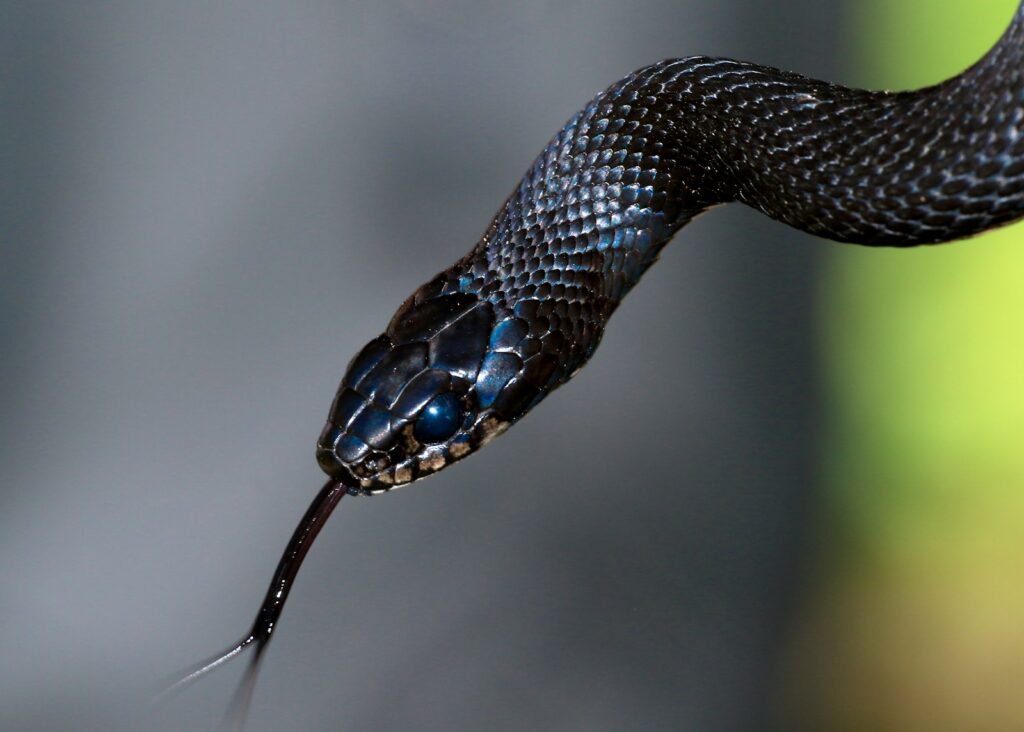
Bushmasters inhabit the primary rainforests of Central and South America, ranging from Nicaragua southward through Costa Rica, Panama, Colombia, Venezuela, Brazil, Ecuador, Peru, and Bolivia. They prefer undisturbed, humid lowland forests with thick leaf litter where they can effectively camouflage themselves. These snakes are highly dependent on pristine forest environments and are rarely found in cleared or heavily disturbed areas. Within their habitat, bushmasters often take shelter in abandoned mammal burrows or among tree roots, emerging primarily at night to hunt. Their specific habitat requirements make them particularly vulnerable to deforestation and habitat fragmentation. As primary rainforests continue to disappear across their range, bushmaster populations have declined significantly in many areas.
Hunting and Feeding Behavior
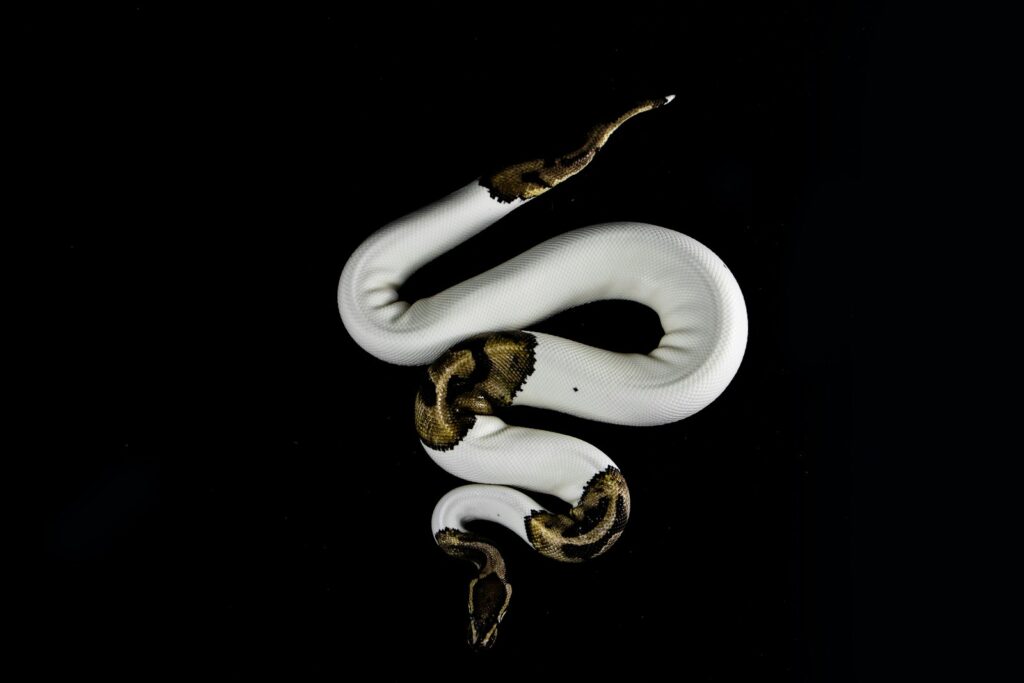
The bushmaster’s impressive fangs and potent venom have evolved primarily for hunting rather than defense, allowing these snakes to take down relatively large prey. They are ambush predators, typically remaining motionless for extended periods as they wait for suitable prey to approach. Their diet consists mainly of small mammals such as rats, mice, opossums, and occasionally birds, which they detect using their heat-sensing pit organs. When a potential meal comes within striking distance, the bushmaster launches forward with remarkable speed, delivering a single bite with its massive fangs before quickly retreating to avoid potential retaliation. After envenomation, the snake will track its dying prey using its keen sense of smell, eventually consuming it whole. Unlike many other vipers that feed relatively frequently, bushmasters can go for weeks or even months between meals due to their slow metabolism.
Reproduction and Life Cycle
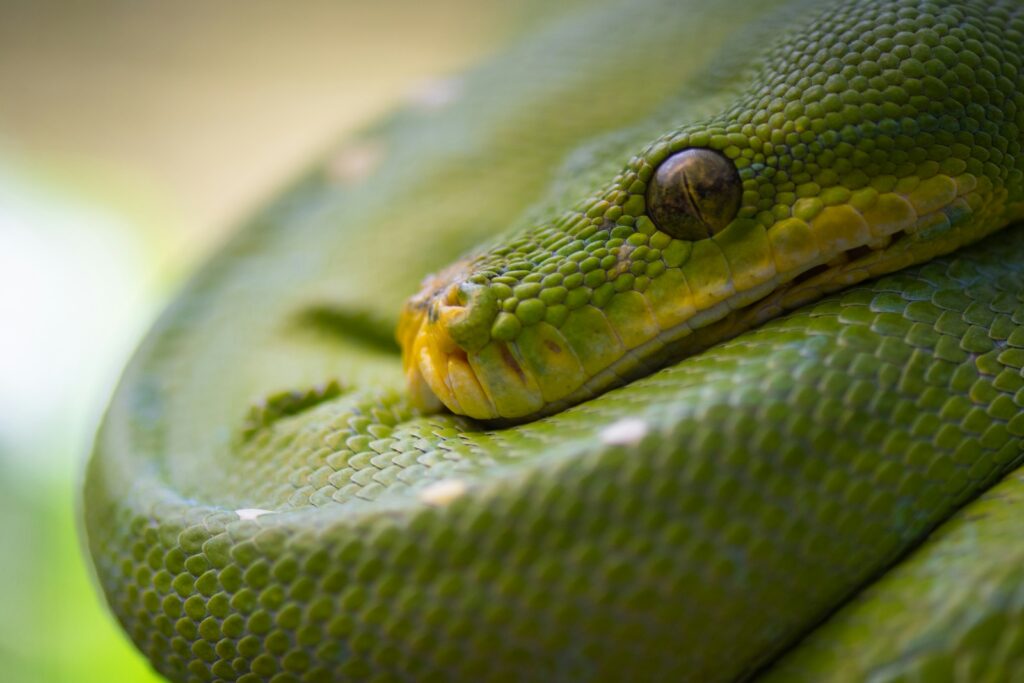
Unlike most vipers that give birth to live young, bushmasters are oviparous, meaning they lay eggs – a relatively unusual characteristic among pit vipers. Female bushmasters typically lay between 5 and 15 large eggs, which they will guard zealously until hatching, another behavior that sets them apart from most other venomous snakes. The incubation period lasts approximately 60-79 days, after which fully-formed juvenile bushmasters emerge, already equipped with functional venom glands and fangs proportional to their small size. These young snakes, measuring about 30 cm (12 inches) at birth, are immediately capable of delivering venomous bites and must fend for themselves. Bushmasters grow relatively quickly during their first few years but may take 3-5 years to reach sexual maturity, with a potential lifespan in the wild estimated at 12-18 years.
The Impact of a Bushmaster Bite
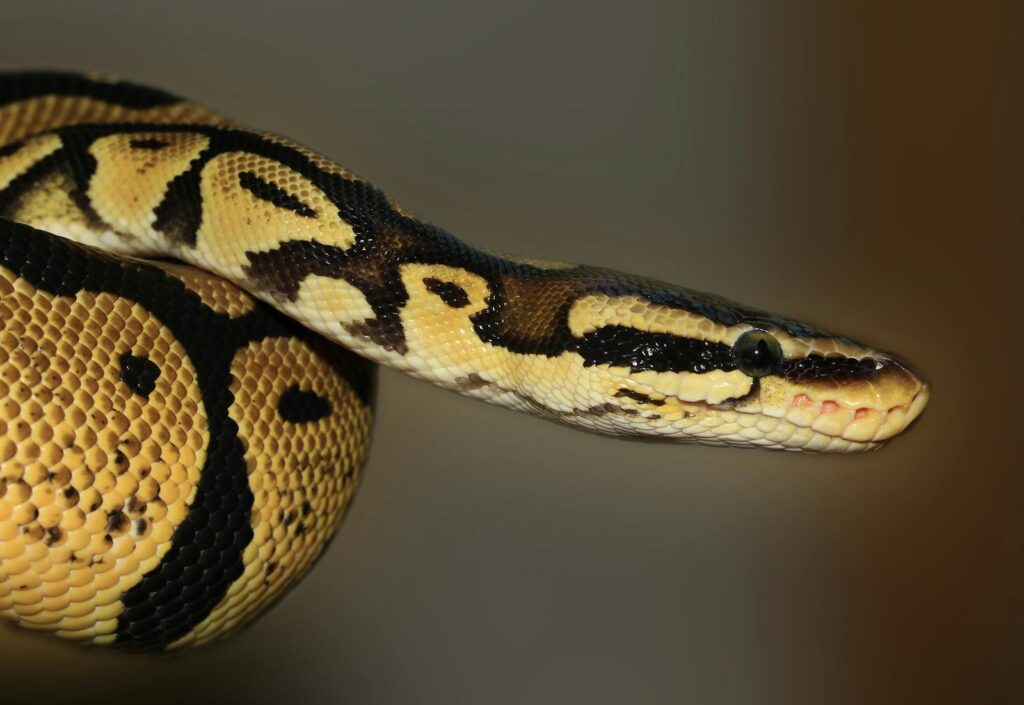
A bite from a bushmaster with its record-breaking fangs constitutes a serious medical emergency requiring immediate attention. The hemotoxic venom begins working quickly, causing severe pain, swelling, blistering, and tissue necrosis around the bite site. As the venom spreads, victims may experience nausea, vomiting, diarrhea, and a dangerous drop in blood pressure. Without proper medical intervention including antivenom, complications can escalate to include internal bleeding, kidney failure, severe tissue damage requiring amputation, and potentially death. The mortality rate without treatment has been estimated at 80-90%, making it one of the most dangerous snakebites in the Americas. Recovery from a bushmaster bite can be prolonged, sometimes taking months, and may leave permanent tissue damage even with prompt medical care.
Conservation Status and Threats.
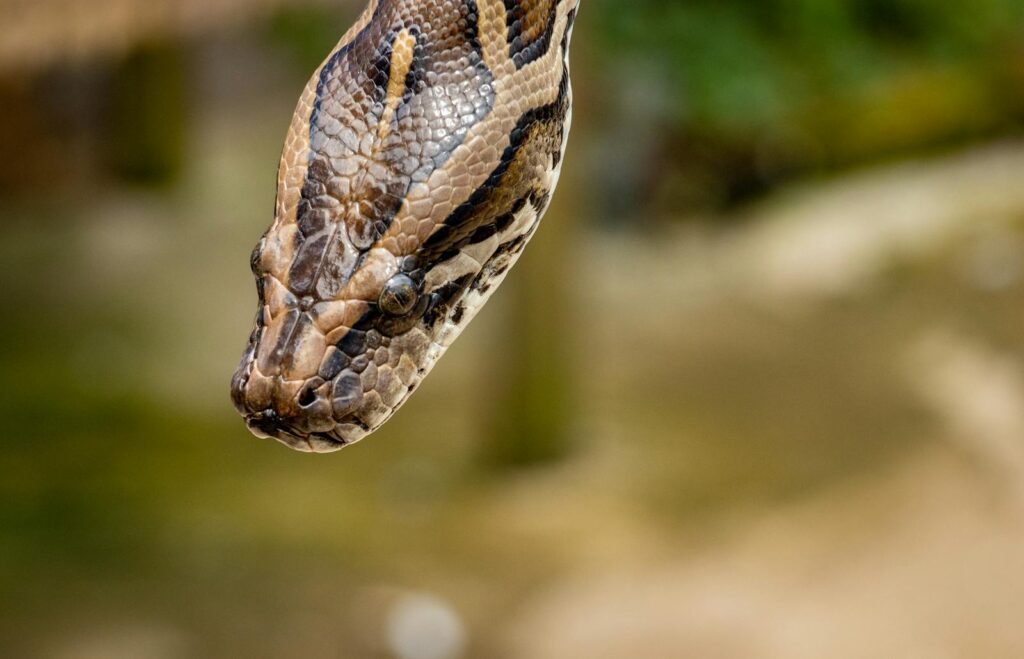
Despite their fearsome reputation, bushmasters face significant threats and are considered vulnerable or endangered in many parts of their range. Habitat destruction represents the most severe challenge, as primary rainforests throughout Central and South America continue to be cleared for agriculture, logging, and development. Additionally, these snakes are often killed on sight due to fear and misunderstanding of their nature. Their specific habitat requirements and naturally low population density make them particularly susceptible to local extinctions. Some bushmaster species are protected by national laws in countries like Costa Rica and Brazil, but enforcement remains challenging in remote areas. Conservation efforts include habitat protection initiatives and education programs aimed at reducing indiscriminate killing, though much more research is needed to fully understand their population dynamics and conservation needs.
Cultural Significance
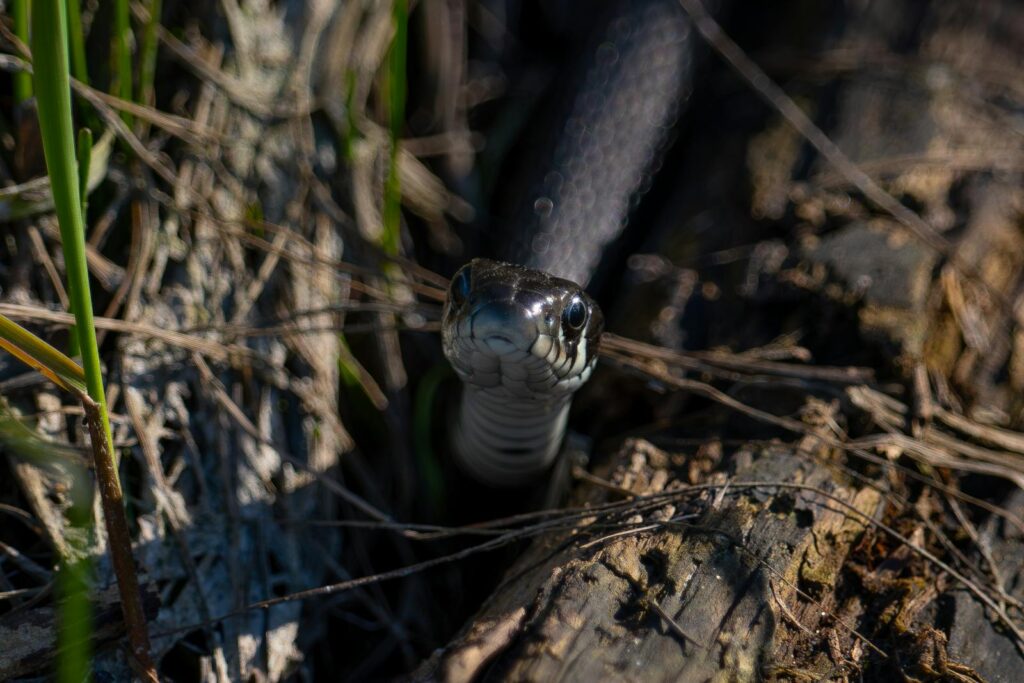
Throughout their range, bushmasters have featured prominently in the folklore and traditional beliefs of indigenous peoples. Many Amazonian tribes regard the bushmaster with a mixture of fear and reverence, often associating it with spiritual powers or forest guardians. In some cultures, the snake is believed to have the ability to transform into other creatures or to control weather patterns. Traditional healers in parts of South America have historically used minute quantities of bushmaster venom (in highly diluted form) for treating various ailments, though such practices are dangerous and not medically validated. The impressive size and deadly reputation of these snakes have made them subjects of many local legends, sometimes with exaggerated accounts of their abilities and aggression. These cultural representations have contributed to misunderstandings about the species, often portraying them as more aggressive than they actually are in nature.
Research and Scientific Importance
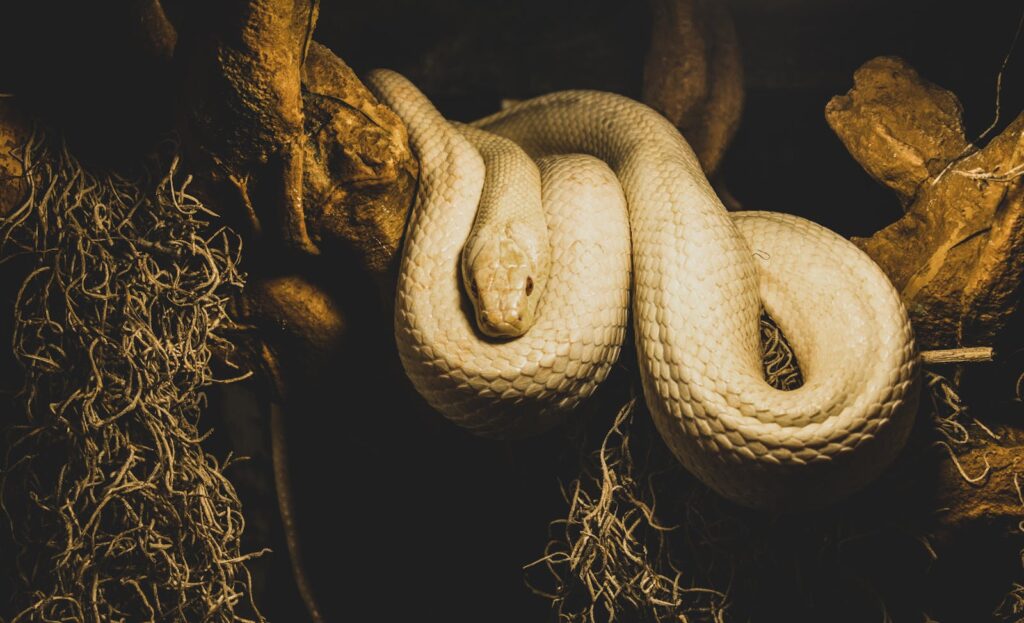
The bushmaster’s venom, delivered through those record-breaking fangs, has attracted significant scientific interest for its potential medical applications. Researchers have identified several compounds in bushmaster venom that show promise for developing treatments for hypertension, blood clotting disorders, and even cancer. One derivative, called captopril, was developed from a related pit viper venom and became one of the first ACE inhibitors used to treat high blood pressure. Bushmaster venom contains unique proteins and enzymes not found in other snake species, making it particularly valuable for biomedical research. Beyond venom studies, research on bushmaster ecology provides important insights into tropical forest ecosystems and the impacts of habitat fragmentation. Unfortunately, the rarity and secretive nature of these snakes make them difficult to study in the wild, and many aspects of their biology remain poorly understood.
Bushmaster Behavior and Temperament
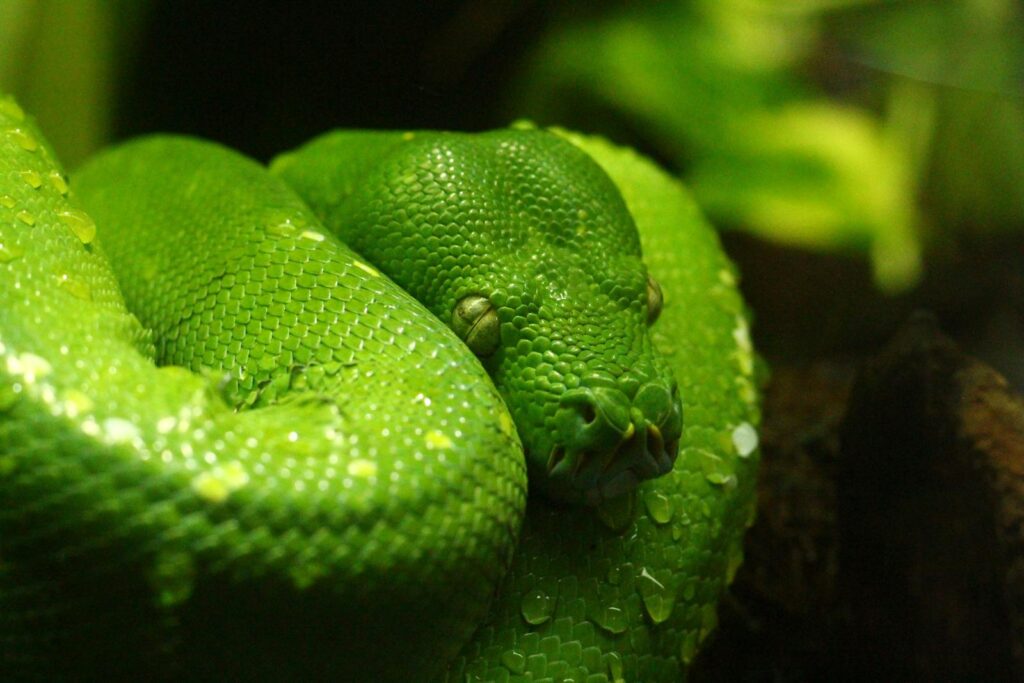
Despite possessing the longest venomous fangs in the snake world, bushmasters are surprisingly non-aggressive toward humans when left undisturbed. They typically remain motionless when encountered, relying on their exceptional camouflage rather than confrontation as a first line of defense. When threatened, they will often vibrate their tail against leaf litter to create a warning sound before resorting to striking. Most bushmaster bites occur when the snakes are accidentally stepped on or deliberately provoked, as they are primarily nocturnal and tend to avoid areas of human activity. Field researchers who study these snakes report that they rarely strike unless physically restrained or cornered. This relatively docile nature contradicts the fearsome reputation they have acquired in many local communities, where they are often described as aggressive hunters of humans – a misconception that has unfortunately contributed to their persecution.
Captive Management and Challenges
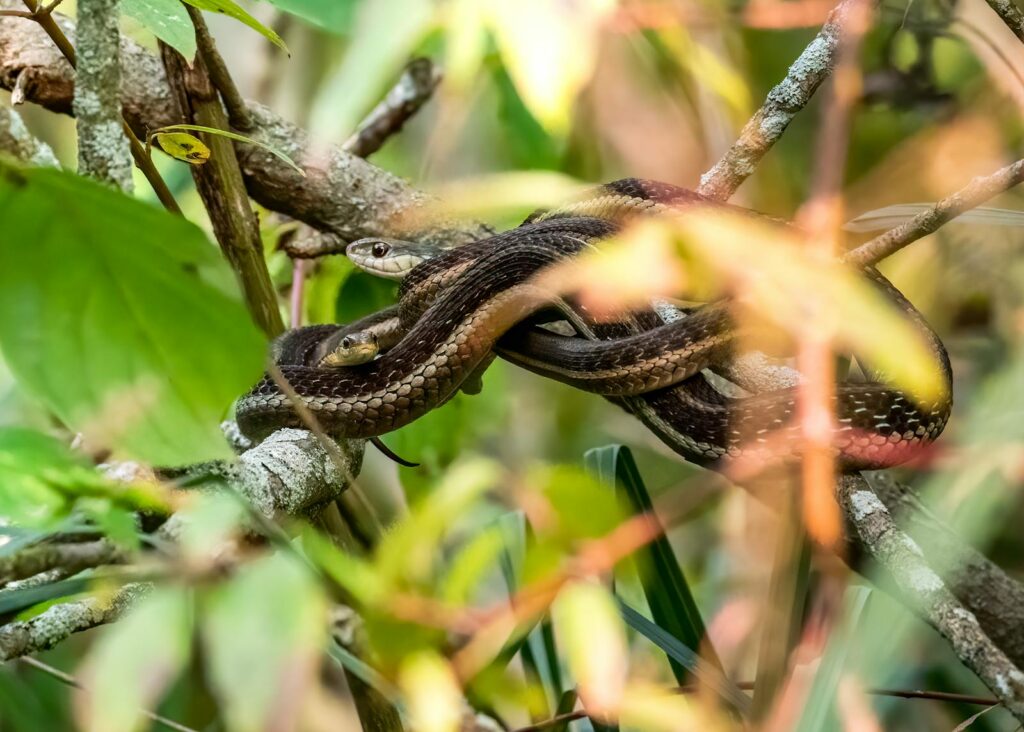
Keeping bushmasters in captivity presents extraordinary challenges, even for experienced herpetologists and specialized zoological institutions. These snakes have highly specific environmental requirements, including precise temperature gradients, humidity levels, and substrate types that mimic their rainforest habitat. Many specimens captured for zoological collections fail to thrive, refusing food and suffering from stress-related health issues. Their specialized dietary needs and feeding responses can be difficult to accommodate in artificial settings. Some facilities have developed advanced husbandry protocols that have resulted in successful maintenance and even breeding of bushmasters, providing valuable opportunities for research and conservation. These captive breeding programs may become increasingly important as wild populations continue to decline, potentially serving as genetic reservoirs for future reintroduction efforts.
Conclusion: Respecting the Fang Masters
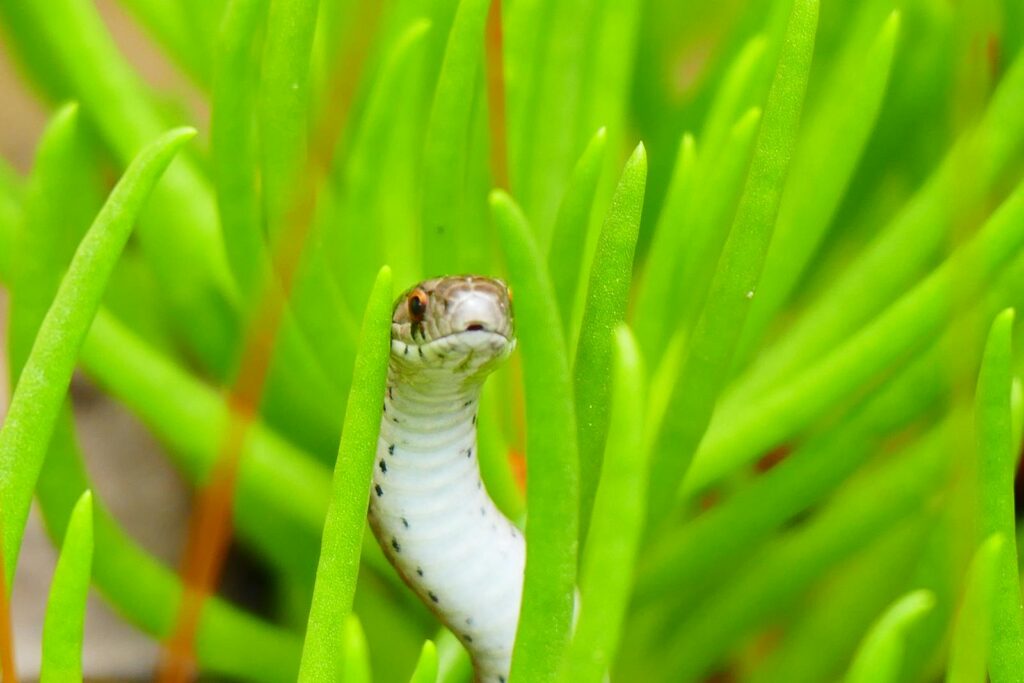
The bushmaster’s record-breaking fangs represent just one fascinating aspect of these remarkable and misunderstood creatures. As apex predators in their rainforest ecosystems, they play crucial roles in controlling rodent populations and maintaining ecological balance. Their declining numbers should concern not just herpetologists but anyone interested in preserving the biodiversity of tropical forests. Rather than being feared and persecuted, these magnificent snakes deserve our respect and protection. The next time you hear about the snake with the longest fangs ever recorded, remember that this incredible adaptation is part of a complex and specialized predator that has evolved over millions of years to fill a specific ecological niche – one that is increasingly threatened by human activities. In protecting the bushmaster and its habitat, we preserve not just an impressive record-holder, but an irreplaceable piece of our planet’s natural heritage.


